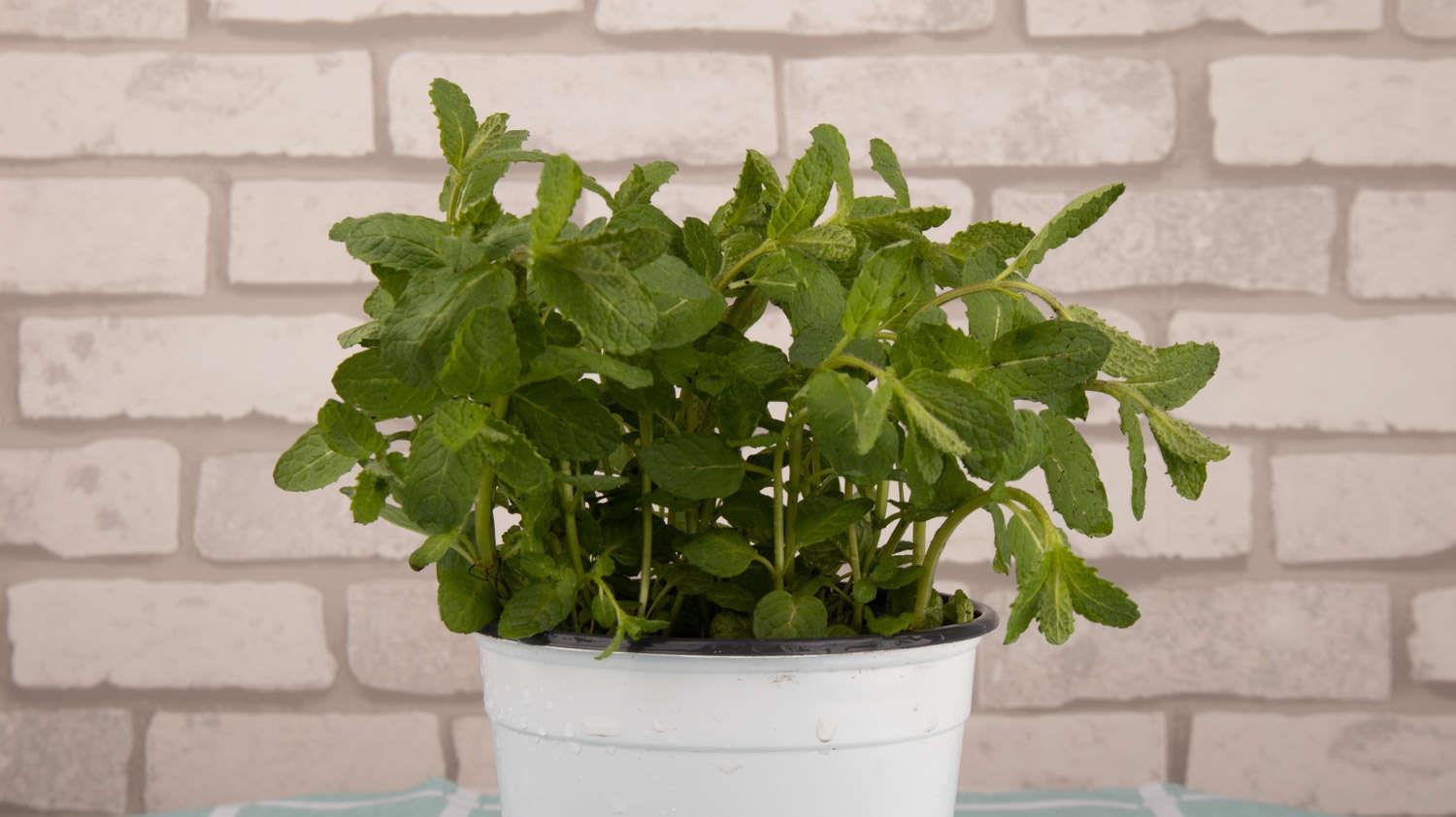What does mint look like, its appearance, characteristics and functions
Last Update :2024.12.01
Article Catalog
Mint is a perennial herb with relatively upright stems that can grow to 30-60 cm tall. Its leaves are lanceolate, 3-5 cm long, and have serrated edges. Its flowers are in the form of whorls, growing between the leaf axils, and are lavender in color. This plant has certain edible or medicinal value. Its stems and leaves can be eaten, and can also be used as flavoring or spices. They are also antiseptic, sterilizing, diuretic and phlegm-reducing.

1. Appearance characteristics
1. Appearance characteristics
Mint is a perennial herb of the genus Mint in the family Lamiaceae. Its stems are upright, with a height between 30-60 cm. The leaves are lanceolate or oval, 3-5 cm long, with thick serrated edges and a light green surface. The flowers are in whorled cymes, usually growing between the leaf axils. The corolla is lavender, 4 mm long, and has pubescence on the surface. It usually blooms from July to September and bears fruits in October. The fruits are yellow-brown.

2. Growth Habits
Mint It has strong adaptability and can generally grow at altitudes below 2,100 meters. When the temperature is between 25-30°C, the plants grow faster. When the temperature is below 15°C, the plants grow slowly. In winter, they can tolerate low temperatures of -15°C. As a long-day plant, it likes light very much, and long light hours are conducive to plant flowering. In addition, it does not have high requirements on the soil, as long as it is not too sandy, too sticky or too acidic or alkaline.

3. Maintenance methods
Maintenance Mint generally needs to be placed in a sunny place so that it can receive sunlight throughout the day. This not only helps the growth, but also helps the accumulation of peppermint oil and menthol. Watering should be sufficient in the early stage, usually once every 15 days, and can be reduced in the later stage to avoid excessive growth of stems and leaves. There is little need to fertilize during the growth period, as long as you add base fertilizer when planting and repotting.

IV. Efficacy
Mint It has certain edible and medicinal value. Its stems and leaves are edible, can be juiced, and can be used as a flavoring or spice. As a medicinal material, it is antiseptic, sterilizing, diuretic and phlegm-reducing, and can also strengthen the stomach and aid digestion.
2. Growth habits
3. Maintenance methods
4. Efficacy
- END -
What are the varieties of Monstera deliciosa?

It is an indoor ornamental plant that everyone likes very much. The leaves are ver...
Complete pesticide formula, how to manufacture and produce pesticides

It is not difficult to make and produce pesticides. As long as you follow the form...